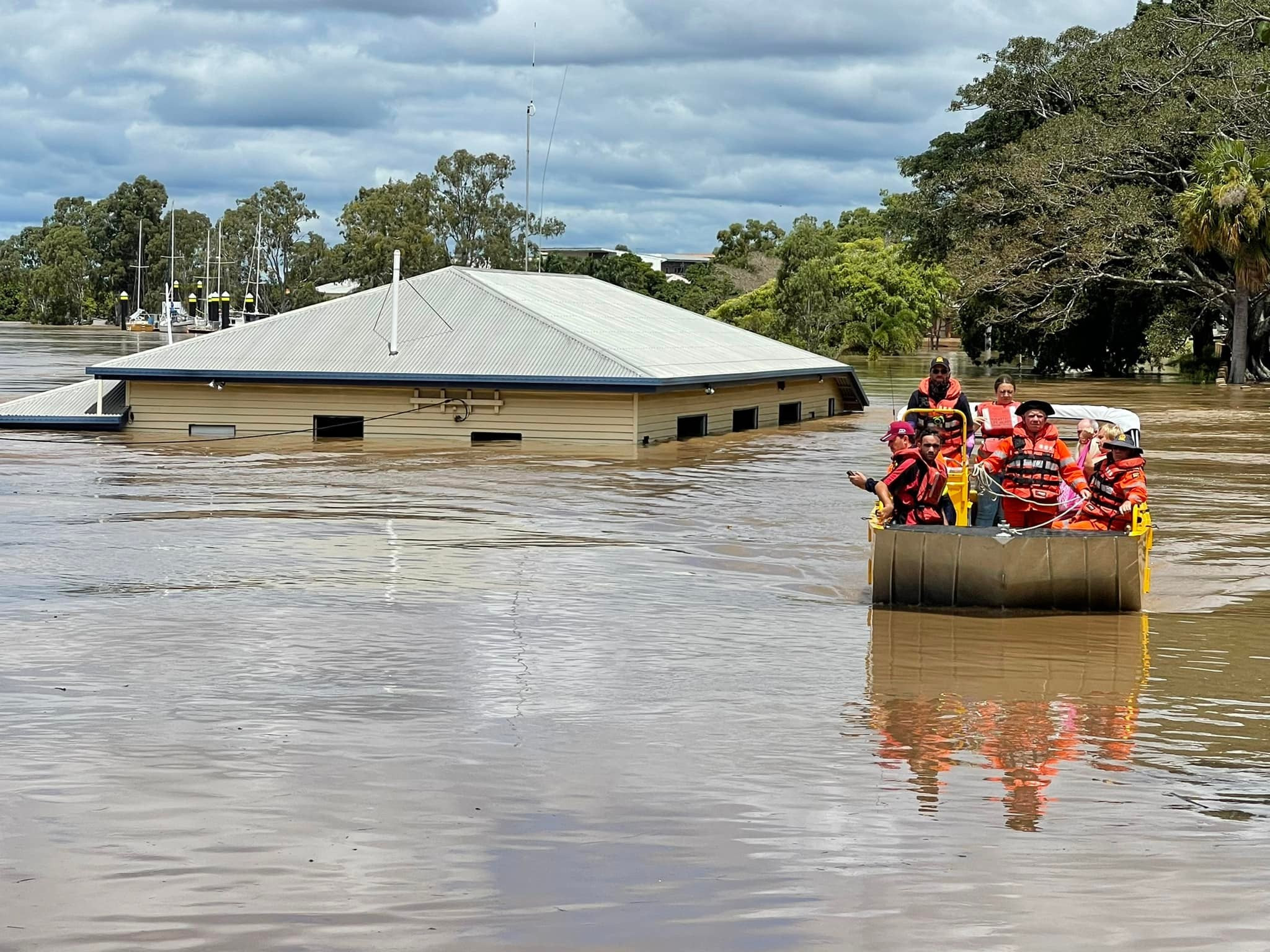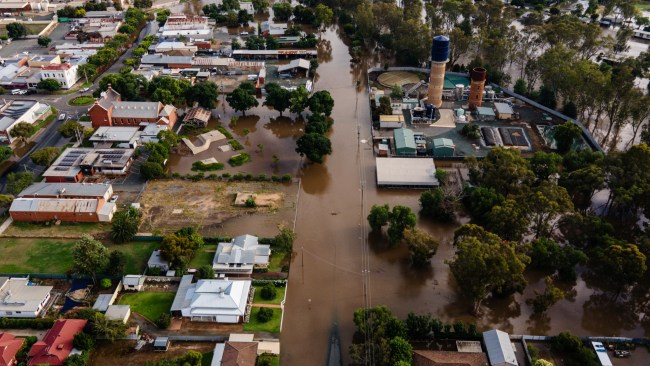North Queensland Devastated by Record-Breaking Floods
Torrential rain has unleashed catastrophic flooding across North Queensland, Australia, resulting in at least one death and prompting mass evacuations. The unprecedented rainfall has overwhelmed communities, leaving thousands displaced and infrastructure crippled. The Insurance Council of Australia (ICA) has declared a 'significant event', signaling the potential for a major insurance catastrophe as the extent of the damage becomes clearer.
The Impact of the Floods
The sheer volume of rain has been staggering. Parts of Townsville have recorded over one metre of rainfall in recent days, while the small seaside town of Rollingstone experienced a near-record 999mm in just 48 hours. This deluge has caused major flooding in numerous rivers, including the Herbert River, which is predicted to reach record levels, potentially surpassing its 1967 high. The relentless rainfall has also caused widespread power outages, road closures, and the cancellation of flights.
Townsville and Surrounding Suburbs
Townsville, a city of nearly 200,000 people, has been particularly hard hit. Six suburbs, dubbed the “black zone,” were issued mandatory evacuation orders, with authorities warning that flooding could reach second-storey levels. The Townsville Local Disaster Management Group coordinator, Zac Dawes, reported that approximately 10 percent of residents in the affected areas chose to remain in their homes despite the urgent warnings. Many residents were forced to take refuge in evacuation centers, some describing harrowing experiences of having to abandon their homes with little more than a bag of clothes.
Ingham and the Herbert River
The situation in Ingham, a town about 110 kilometres north of Townsville, is equally dire. The Herbert River is swelling to alarming levels, threatening to replicate or even surpass the devastating floods of 1967, an event that locals frequently use as a benchmark for extreme weather. Adding to the tragedy, a woman tragically lost her life when a State Emergency Service (SES) rescue boat capsized during an attempt to save individuals from floodwaters, highlighting the perilous conditions. A Queensland Police statement confirmed the woman was not an SES member.
A Deadly Situation and Ongoing Crisis
The death of the woman in Ingham underscores the deadly nature of the floods. Queensland Premier David Crisafulli expressed his deep sorrow, this announcement coming a day after he emphasized the importance of avoiding any loss of life. The incident will be investigated, but it serves as a stark reminder of the life-threatening risks associated with these catastrophic weather events.
Emergency Services Response
Emergency services have been working tirelessly to assist those affected, conducting numerous rescues. One remarkable rescue involved three people being saved from a rooftop in Cardwell. The dedication and commitment of emergency personnel is commendable, though the scale of the disaster has stretched their resources to the limit.
The Ongoing Threat of More Rain
The crisis is far from over, with More heavy rain forecast for at least another day. The Bureau of Meteorology has issued severe thunderstorm warnings for several areas, including Cairns, Innisfail, Gordonvale, Babinda, and Redlynch. The extended forecast shows continued heavy rainfall, suggesting that the floodwaters will continue to rise, potentially causing more widespread damage and displacement. The saturated catchments, combined with the predicted rain, are setting the stage for potentially even more severe flooding in the coming days. A severe weather warning remains in effect from Tully to Ayr.
Understanding the Meteorological Factors
The atmospheric conditions that have fueled this devastating weather event share remarkable similarities with recent floods in the region, indicating a worrying trend exacerbated by climate change. These floods were triggered by prolonged heavy rain from a stationary tropical low weather system. The low-pressure system lingered over the land, causing intense rainfall. While tropical lows often move quickly, this system remained static, dumping massive amounts of rain.
Climate Change and Extreme Rainfall
The increasingly frequent and intense rainfall events are directly linked to climate change. Warmer temperatures lead to greater atmospheric water vapor, while warmer oceans amplify the water cycle. This year, sea surface temperatures in the northwest Coral Sea are significantly above average, contributing to the intensity of this rainfall event.
Looking Ahead: Recovery and Resilience
The scale of the damage is still being assessed, but the economic impact will undoubtedly be significant. The recovery process will be long and challenging, requiring substantial investment and resources. For many in Townsville, the current situation evokes painful memories of the 2019 floods, which caused over A$1.24 billion in damage, raising concerns about whether this year’s event will surpass the devastation of five years ago.
The Insurance Council of Australia is actively working with insurers to assess the damage and facilitate the claims process. Their significant event declaration helps streamline this process. The resilience of the community in the face of such adversity is remarkable, and their ability to come together during this difficult time will be critical in the long road to recovery. Townsville has shown remarkable grit and generosity during this crisis, with the Halifax Hotel continuing to operate as a refuge and support center for emergency service workers and evacuees.
The recovery will require substantial resources and community support. The experiences of 2019 and past events will inform the recovery strategy, ensuring a more resilient future.
In the wake of the recent tragedy and the ongoing crisis, the importance of preparedness, community support, and environmental consciousness cannot be overstated. The devastation caused by these floods highlights a critical need for improved disaster preparedness measures and an urgent response to the global climate crisis.


















